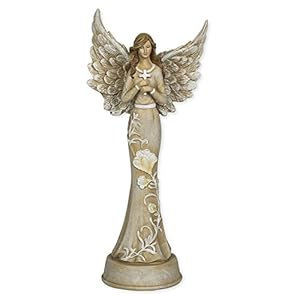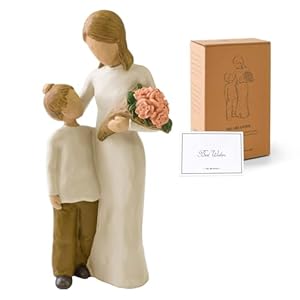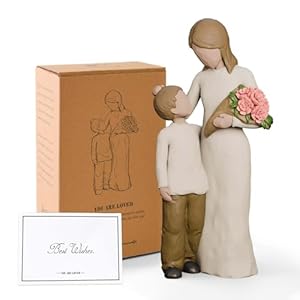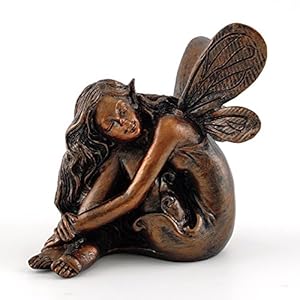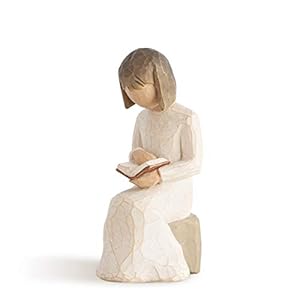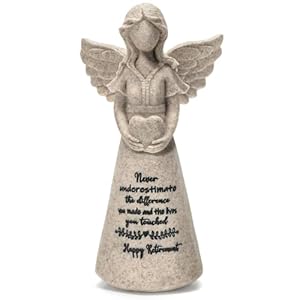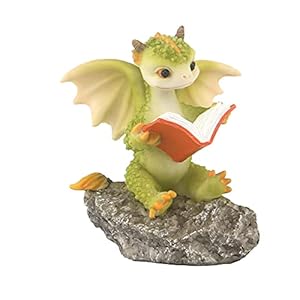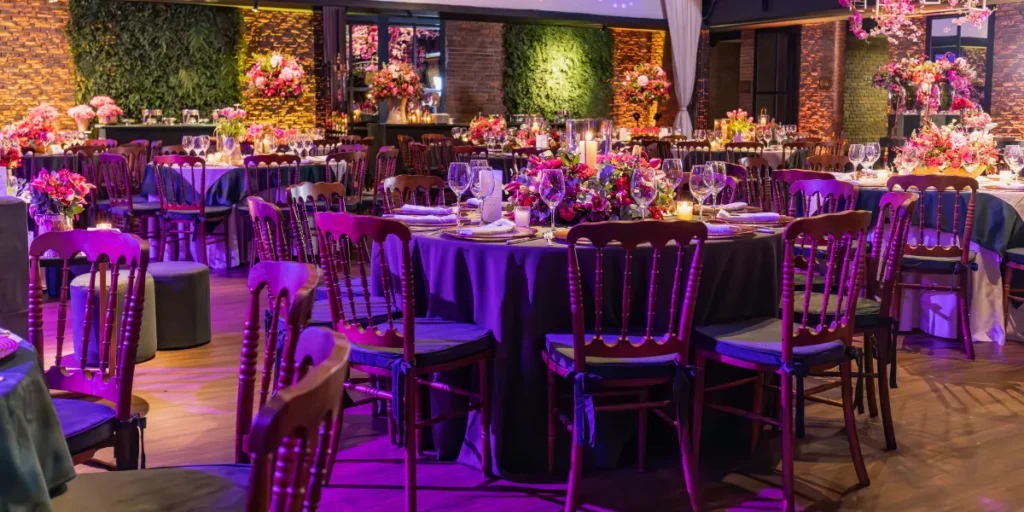
To arrange seasonal centerpieces like a pro, you need to master the art of combining elements in a way that captivates the eye and elevates the ambiance of the space. It’s not just about placing flowers in a vase; it’s about understanding how colors, textures, and shapes work together harmoniously to create a stunning focal point. So, whether you’re aiming for a cozy autumn feel or a vibrant spring look, there are key techniques and considerations to keep in mind that will set your centerpieces apart and leave a lasting impression on your guests.
Choosing the Right Seasonal Flowers
When selecting seasonal flowers for your centerpieces, consider the colors and textures that complement the overall theme of the event. Think about the mood you want to create. For a vibrant and joyful atmosphere, opt for bright blooms like sunflowers or daisies. If you’re aiming for a more elegant and sophisticated look, roses or orchids might be the perfect choice.
Additionally, take into account the season in which your event is taking place. Spring weddings could benefit from tulips, daffodils, or cherry blossoms, while a winter celebration might call for evergreens, holly, or amaryllis. By aligning your floral selections with the time of year, you can enhance the seasonal charm of your centerpieces.
Remember to consider the size and shape of the flowers as well. Larger blooms like hydrangeas can create a bold statement, while delicate flowers such as baby’s breath can add a touch of whimsy. Play around with different combinations to see what works best for your specific event.
Mixing and Matching Colors and Textures
To create visually appealing seasonal centerpieces, experiment with mixing and matching colors and textures of your chosen flowers. When combining colors, consider using a mix of complementary or analogous hues for a harmonious look. For instance, pairing warm tones like oranges and yellows can create a vibrant and cheerful arrangement, while blending cool shades like blues and purples can evoke a sense of calm and serenity. Don’t be afraid to play with contrasting colors as well, as this can add a dynamic and eye-catching element to your centerpiece.
In addition to colors, incorporating a variety of textures can elevate the visual interest of your arrangement. Combine smooth petals with feathery foliage or mix velvety blooms with spiky leaves to create a rich and tactile centerpiece. The contrast in textures adds depth and dimension to your design, making it more visually captivating.
Incorporating Foliage for Depth and Interest
Experiment with incorporating various types of foliage into your seasonal centerpieces to add depth and visual interest. Foliage plays a crucial role in enhancing the overall look of your arrangement. Including different types of foliage such as eucalyptus, ferns, or ivy can introduce varying textures and shades of green, creating a dynamic and eye-catching centerpiece.
To add depth to your arrangement, consider using foliage with different shapes and sizes. Mix larger, broad leaves with delicate, wispy ones to create contrast and dimension. Additionally, incorporating foliage with varied heights can help in establishing a visually appealing focal point within your centerpiece.
Don’t be afraid to experiment with different foliage combinations to find what works best for your seasonal theme. For a fall centerpiece, consider adding branches with colorful leaves or berries for a festive touch. In contrast, for a spring arrangement, opt for fresh and vibrant greenery like baby’s breath or mint leaves to evoke a sense of renewal and growth. By incorporating a variety of foliage, you can elevate your seasonal centerpieces to a professional level.
Utilizing Creative Containers and Vessels
Consider incorporating unconventional containers and vessels to add a unique touch to your seasonal centerpieces. Think beyond traditional vases and explore using items like teapots, mason jars, wooden crates, or even vintage tin cans. These unexpected containers can bring a fresh and creative element to your arrangement, making it stand out and become a conversation piece.
When selecting your container, ensure it complements the overall theme of your centerpiece. For example, a rustic wooden box could enhance a fall-themed arrangement, while a sleek glass terrarium might be perfect for a modern winter display. Don’t be afraid to mix and match different containers within the same centerpiece to create visual interest and dimension.
Additionally, consider the size and shape of the container in relation to the flowers and foliage you plan to use. A tall, narrow vase could be ideal for long-stemmed flowers, while a shallow bowl might work better for a compact arrangement. By thinking outside the box when it comes to containers, you can elevate your seasonal centerpieces to a whole new level of creativity.
Trending Products

